Tuning your drums is basically tightening the screws to your best sound. Its how you do it that matters, to you!
First Step:
- Remove old drum head, if replacing your drum head
- Clean your drum top area with a soft lint-free cloth to remove any dust or fingerprints
- Place your new head on top of the drum
- Set metal ring over-top drum head matching up screw holes to mounting bracket holes
- Make sure drum head and metal plate are centered
- Hand tighten opposite screws in a specific pattern. There are 6 screws so top left and bottom right, top right and bottom left, bottom then top
- Using drum key, tighten the head 1 half turn
From here on out, there are 2 methods:
- By Ear
- Using Drum Tuning Tool
By Ear Method:
- Pick up left side of drum bottom high enough to put your left hand on bottom center of drum head, leaving the right bottom metal area touching a surface.
- With a soft hit, tap the top area of the drum head, you just installed, and listen to the sound. This part is really based on what sound you want. Tighten to your perceived best sound.
- Mount the drum with your kit and listed to the sound again along with your other drums. If you just replaced your left rack tom, and it has a lower pitch than your right rack tom, then you need to tighten up a bit.
By Drum Tuning Tool:
- Sit the drum on a flat surface
- Place the tuning tool on top of the drum head about 1-2 inches away from one of the screws
- Push gently on the center of your new drum head to make sure you are starting with equal pressure
- Notice the drum pressure
- Put drum tool on opposite screw and tighten to the first setting
- Continue to all 6 mounting screws matching the first screws pressure then recheck all again
If using a drum tuning tool, what should the pressure be?
Again its your preference. Listen with your ears to determine what doesn’t sound correct in your overall mix. Generally speaking, the smaller the drum size, the higher the pitch. Not completely true as the snare drum is generally set much tighter than all other drums causing it to sound higher.
Pitch from High to low:
- Snare
- Left Rack Tom
- Right Rack Tom
- Floor Tom
- Kick Drum
What about the bottom drum head?
Again, your preference. I would suggest you tighten the bottom head the same as the top head, as a starting point. Then adjust higher and listen to sound when hitting the top batter side. Then tune drum lower and listen to the sound. Put the drum back in your kit and hear how the sound is balanced, or not, and make adjustments.
If you are new to replacing drum heads I would recommend just starting with replacing just 1 drum head at at time. This is not a 2 minute thing. You should take your time and learn how to understand the differences a few turns can make in that drum and in the overall sound of your kit. Get that drum sounding perfect, for you, listening to your drum kit. Once that is perfect then go to the next drum to replace those heads.
Should I tune my drums to notes?
Be careful with that as each note is a frequency. If you have 2 exact frequencies notes tend to cancel each other out.
Here is a great video to help you through this process, for replacing a tom drum head: https://www.youtube.com/watch?v=YFbPJGjmXMo

Leave a Reply
You must be logged in to post a comment.